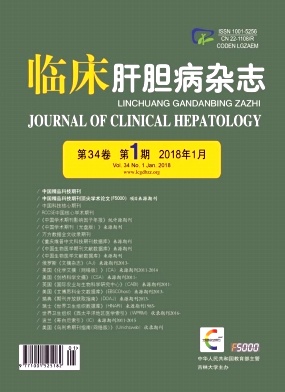Objective To investigate the detection rates of autoantibodies in patients with drug-induced liver injury ( DILI) and their clinical significance. Methods A total of 132 patients with DILI who were admitted to The First Hospital of Jilin University from January 2009 to December 2013 were enrolled, and 96 patients with chronic hepatitis B ( CHB) who were hospitalized during the same period of time were enrolled as controls. The patients were analyzed with respect to the detection rate of autoantibody, titers and types of autoantibodies, age, sex, type of drugs inducing liver injury, time of onset, biochemical parameters for liver function, and coagulation parameters. The chi-square test was used for comparison of categorical data between groups. Results In the patients with DILI, the detection rate of autoantibodies was 60. 6% ( 80/132) , and the detection rates of anti-nuclear antibody, anti-smooth muscle antibody, and anti-mitochondrial antibody were 56. 1% , 12. 9% , and 3. 0% , retrospectively; the antibody titer was mainly low titer and moderate titer. In patients with CHB, the detection rate of autoantibodies was 45. 8% ( 44/96) , which was significantly lower than the detection rate in the patients with DILI ( χ2= 4. 889, P = 0. 027) . In the patients with DILI, the detection rate of autoantibodies was not associated with sex, age, typing, or Child-Pugh class, while it was associated with medication time, and there was a significant difference in the positive rate of autoantibody between the patients with a medication time of > 1 month and those with a medication time of ≤1 month ( 68. 9% vs 40. 6% , χ2= 7. 963, P = 0. 004 8) . Conclusion A variety of autoantibodies can be detected in patients with DILI, mainly low-and moderate-titer autoantibodies, among which anti-nuclear antibody is the most common one. The detection rate of autoantibody increases with the increase in medication time.







 DownLoad:
DownLoad: